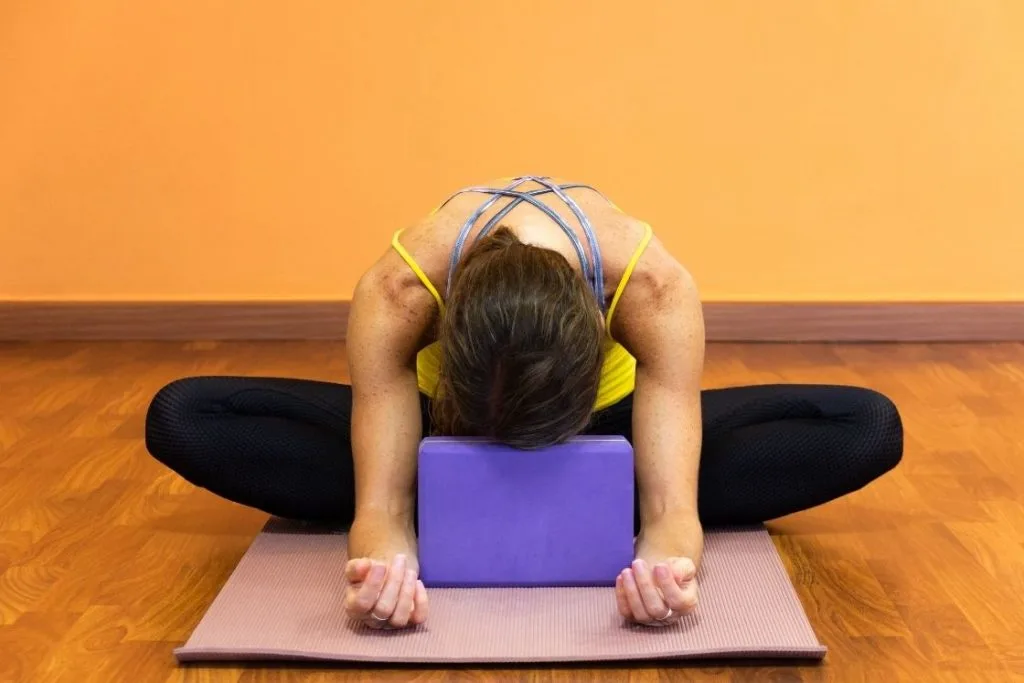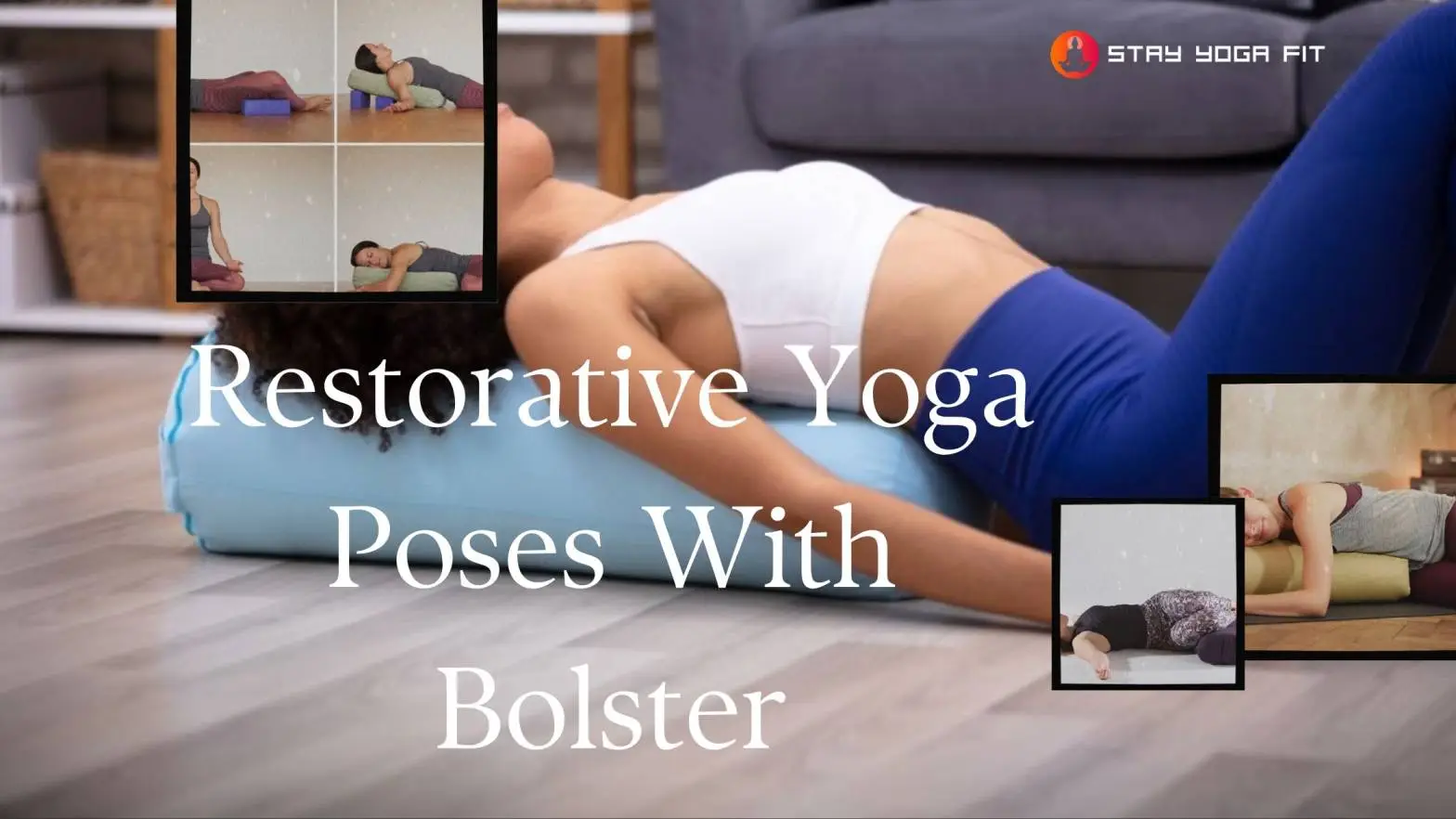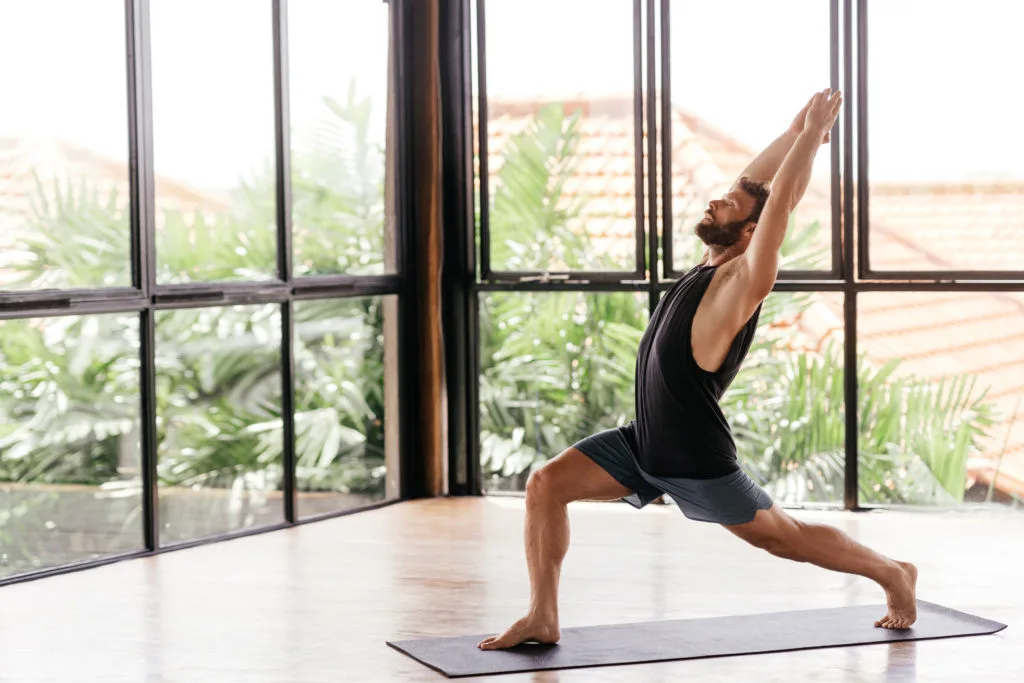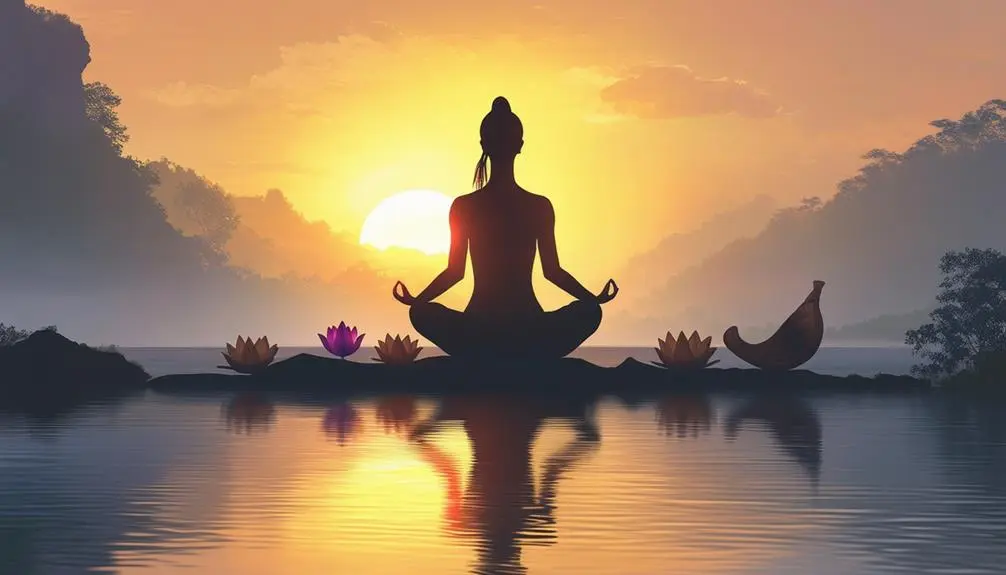You may associate your daily yoga practice with stimulating stress relief, easing your anxieties or getting your daily exercise in, but now you may appreciate it in a new context—as a potential supplementary treatment for COVID-19.
In a recent review of over 100 different scientific studies published in The Journal of Alternative and Complementary Medicine, researchers found evidence to suggest that meditation and yoga should be considered as potential adjunctive treatment options for COVID-19. Adjunctive treatments are remedies that supplement a primary treatment option, such as a drug or vaccine. As potential adjunctive treatments for COVID-19, yoga, meditation and pranayama practices could provide supplementary support to a future vaccine, should such a treatment become available.
The researchers, led by William Bushell, PhD, a biophysical/medical anthropologist at the Massachusetts Institute of Technology, pointed to a body of scientific evidence that demonstrates the anti-stress and anti-inflammatory properties of such practices. Meditation and yoga increase a practitioner’s vagal tone, part of the body’s parasympathetic nervous system. The vagal tone regulates the body’s stress response, making them effective treatment options for stress-based trauma and inflammatory-based diseases.
See also This Yoga Sequence Will Reduce Stress and Boost Immunity
Bushnell said adjunctive interventions that are categorized as behavioral, such as meditation or yoga, have the potential to lower health care costs for patients. Successful adjunctive treatments can make health care systems more effective and affordable.
Such an understanding of yoga and meditation as anti-inflammatory is not a new discovery. Bushell previously cited intensive forms of meditation and yoga as potential adjunctive interventions for other various infectious diseases, including Severe Acute Respiratory Syndrome (SARS) and malaria. His research relied on the demonstrated anti-stress and anti-inflammatory effects of these practices.
In referring to the value in intensified forms of these practices, Bushell said that general scientific research on meditation and yoga correlated longer practices with a more positive result. He said this statement is true both in terms of actual practice time (i.e. the length of a yoga class) and the amount of time that someone has been a practitioner of yoga or meditation.
While the impact of yoga and meditation on treating COVID-19 is still unknown, some doctors have already implemented yogic sciences into their patient care practices.
See also Why More Western Doctors Are Now Prescribing Yoga Therapy
Writing for Psychology Today, Bushell and his co-authors, Eddie Stern and Maureen Seaberg, cite the recent decision of doctors to have COVID-19 patients become prone (lie on their stomachs) in order to free up lung space. Patients who were placed in such a position experienced dramatic increases in their blood oxygen levels. The potential of this maneuver, along with other prone yoga positions, such as Balasana (Child’s Pose) and Makarasana (Crocodile Pose) is promising.
Additional scientific research needs to be done on the potential ability of yoga, meditation and pranayama to be adjunctive treatment options for COVID-19. While none of these practices by themselves can provide a cure to COVID-19, further research will clarify the ways in which these modalities can be adjunctive treatments.
Get started with these practices:
NOW Self-Care Ritual: Pranayama
Add this breathing practice to your daily routine to de-stress, easy anxieties and feel free.
A Five-Minute Meditation to Release Anxiety
Continue to release anxiety and focus on the present moment with this five-minute meditation.
Solar-Powered Yin Practice
Find relief in a healing, solar-powered yin practice.






